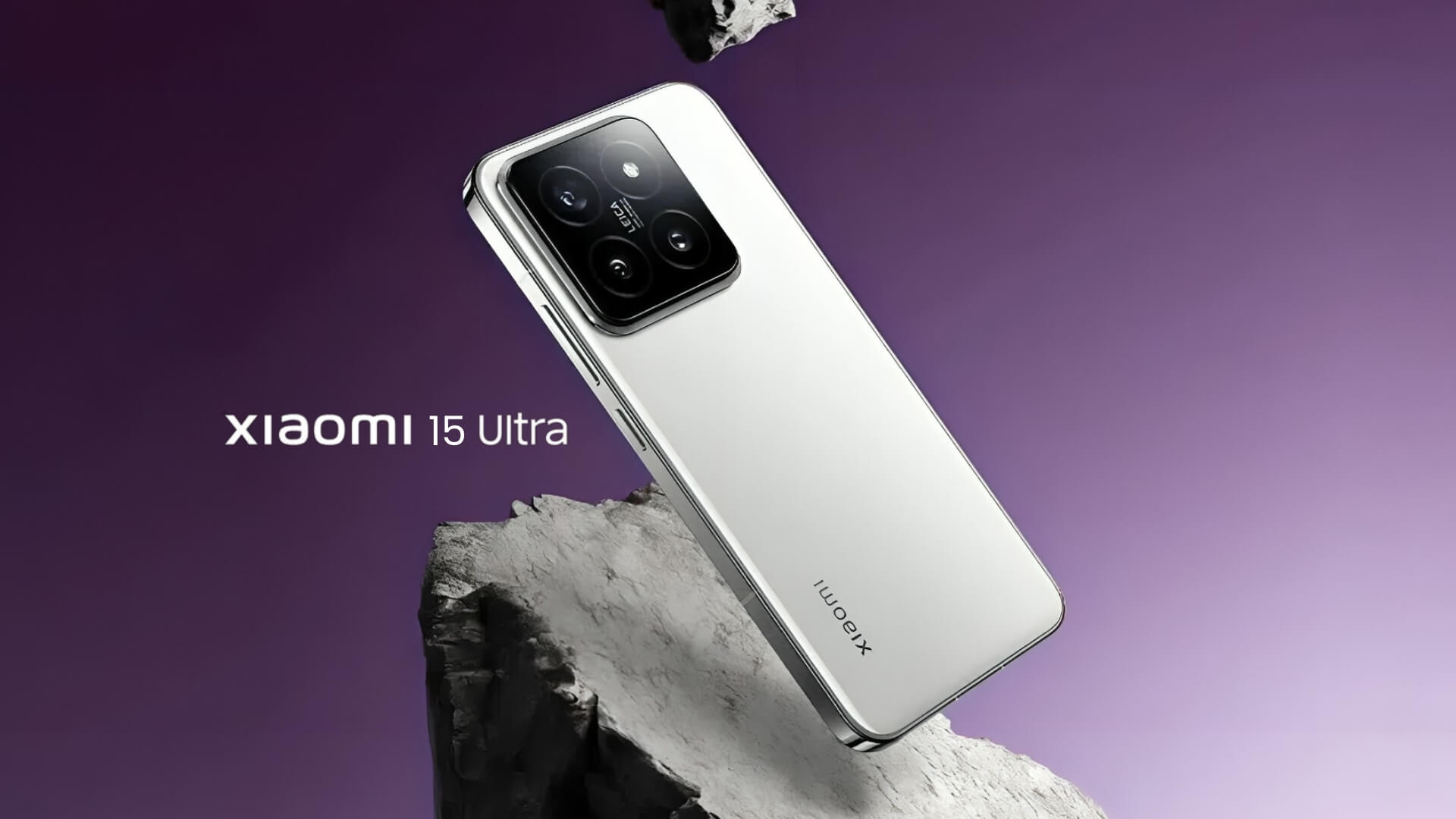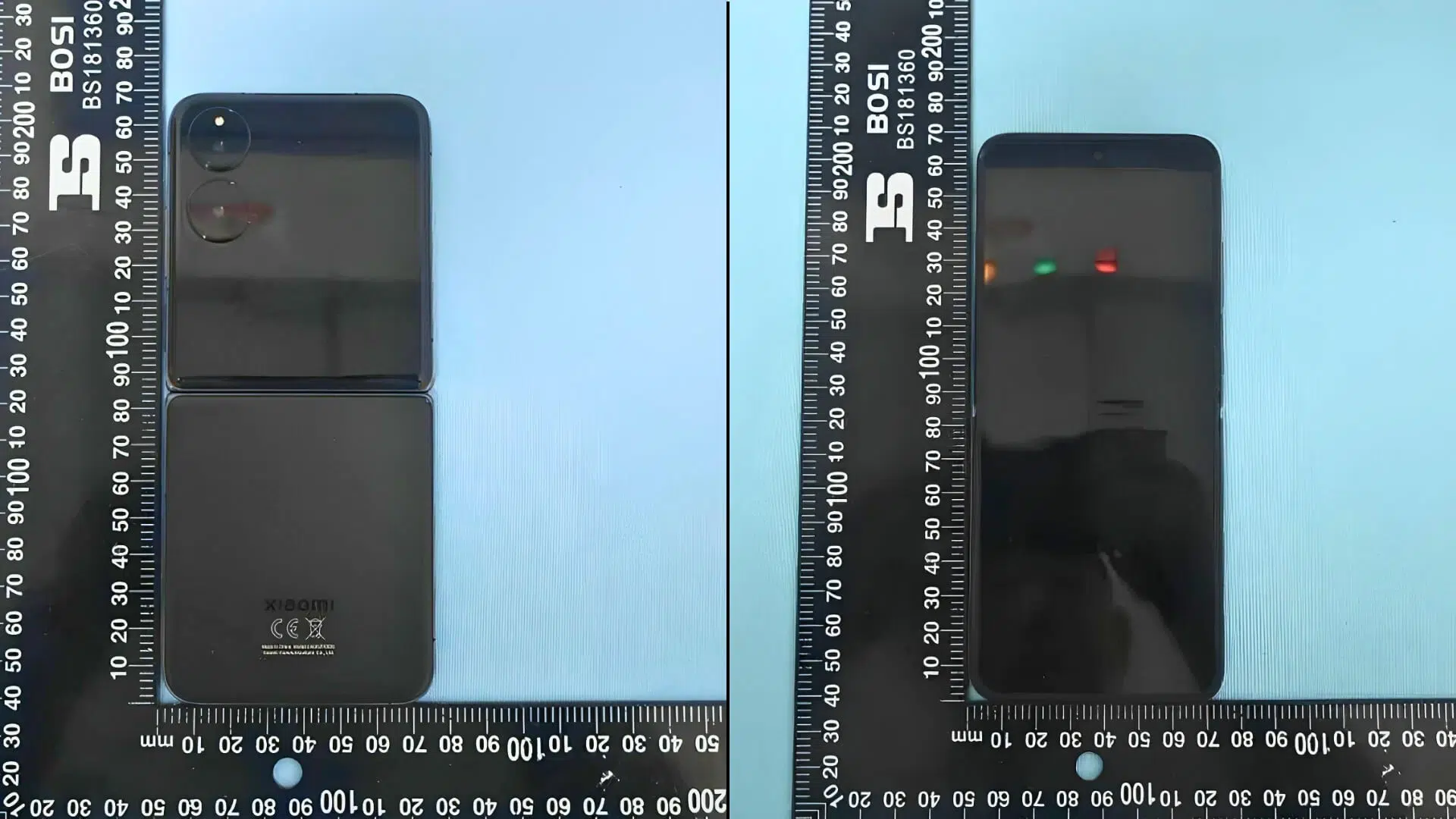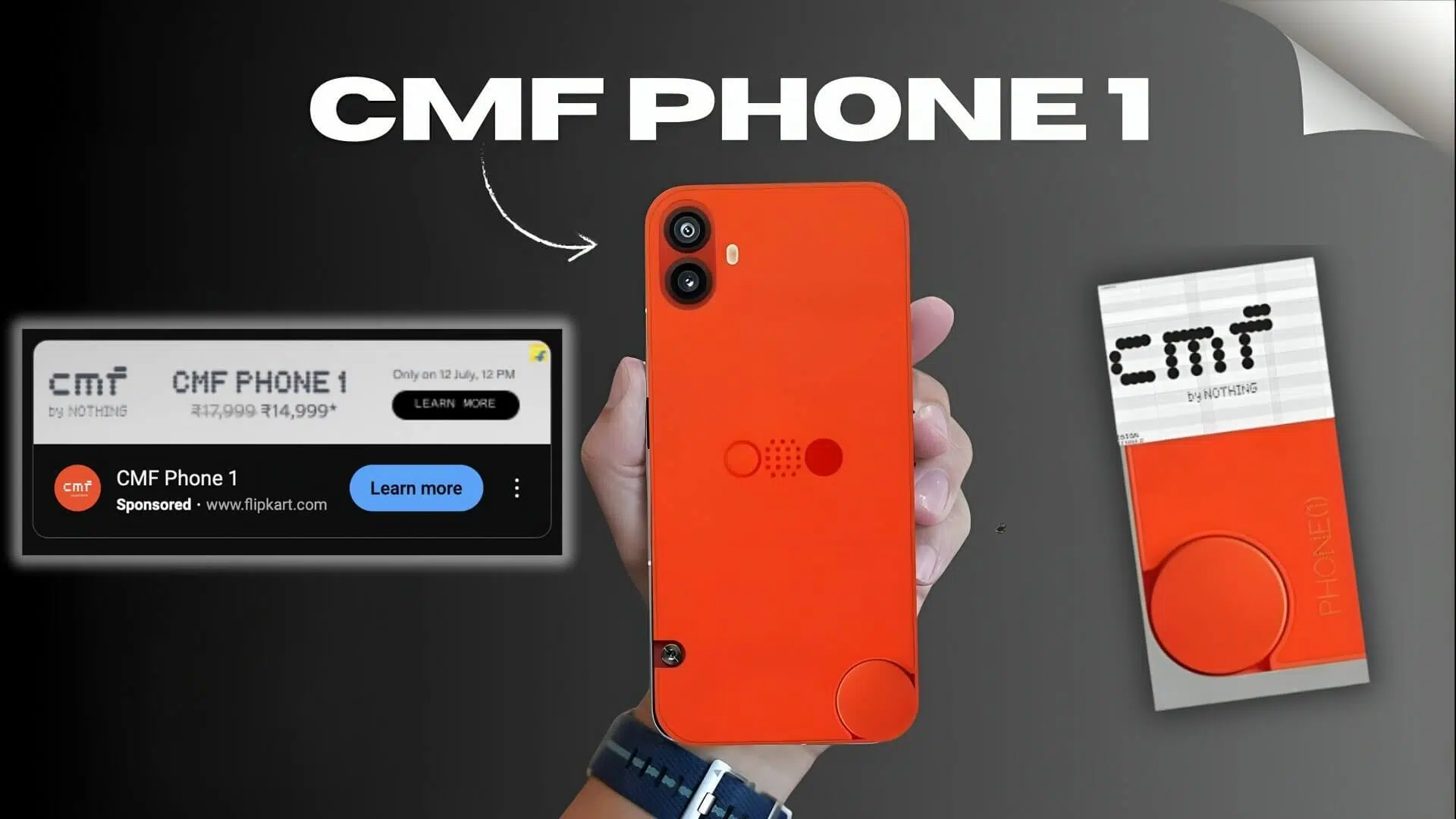Today we are here with a detailed review of Redmi 12C, one of the most popular devices among budget level low-end devices of 2023. Redmi’s entry-level devices are always affordable and user-friendly, which makes them very popular. And Redmi 12C is a device that appeals to low-end users with its affordable price and impressive specs. Even though an entry-level smartphone is inexpensive, it has to meet certain requirements. So is the Redmi 12C a device that has achieved this, does it deserve its price tag? Let’s answer this with our detailed review.
Redmi 12C Specifications, Price and more
Redmi 12C is latest device in Redmi’s low-end series, released on December 31, 2022. Introduced in early 2023, this device has been very popular, especially in the India region. Available in a variety of color options, the device has impressive technical specifications that are not inferior to today’s low-end devices. We examine in detail the design and dimension of device, its performance in daily use, screen and display quality, battery capacity, charging speed, software and other specifications.
Design and Dimensions
Redmi 12C has a very different back cover design, with side lines. Camera part is rectangular, with camera sensors on left side and the Redmi logo and fingerprint sensor on right side. With a 6,71″ screen size, device measures 168.8 x 76.4 x 8.8mm and weighs 192g. screen-to-body ratio is around 82.6%. It has an ordinary design, straight edges and case is polycarbonate.
Right side has a power button with volume buttons, while left side is only has a SIM card tray that comes with a dedicated slot for a microSD card. At the top is a slot for a 3.5mm jack, while the bottom includes the speaker, micro-USB and microphone. An ideal device for the price in terms of design and size.
Performance
Redmi 12C comes with an mid chipset for its class in terms of performance. MediaTek Helio G85 (MT6769Z) (12nm) chipset runs with 2×2.0GHz Cortex-A75 and 6×1.8GHz Cortex-A55 cores/clock rates, while the Mali-G52 MC2 is available on GPU side. Device, which has 3/32GB, 3/64GB, 4/64GB, 4/128GB and 6/128GB RAM/storage options, is accompanied by eMMC 5.1 on the storage unit. In addition, virtual RAM can be added with the current MIUI version, device is currently running Android 13 based MIUI 14.
When we take a look at the benchmarks, Redmi 12C received 388 – 1358 single/multi-core scores from Geekbench 5, while the AnTuTu benchmark score is around 250,000. To summarize the performance, Redmi 12C is a device that can easily handle daily use and multitasking. However, don’t expect outstanding gaming or graphics rendering performance, you can easily do everything a low-end device can do.
Display
Redmi 12C features a 6.71″ IPS HD+ (720×1650) 60Hz 500nits display. Screen size of the device is quite large, but HD+ resolution is a big disadvantage for this screen size. When a larger-than-normal screen size is accompanied by a lower-than-normal resolution, image quality will suffer considerably. 60Hz refresh rate is quite normal for low-end devices, as even current iPhone devices can still run at 60Hz. Brightness of 500nits is quite good, and when the brightness level is set to maximum, it’s possible to use the device in direct sunlight. Screen also has an oleophobic coating.
Since the device has an IPS HD+ panel, it’s not possible to watch movies in ultra high resolution or vivid colors. IPS LCD panels are at the bottom in terms of color accuracy, but that’s normal in low-end devices, and HD+ resolution will be fine. In conclusion, if you don’t expect much from the screen when buying a low-end phone, Redmi 12C can easily pass this stage.
Camera
Redmi 12C comes with a dual camera setup with a 50MP f/1.8 (PDAF) main and 0.08MP depth camera, while the front camera is 5MP. The AI-powered camera app offers advanced features such as portrait, night mode, and time-lapse. Video recording on both front and rear cameras is possible at 1080@30fps, 4K or 60fps video recording is not available due to the ISP that comes with the chipset. For a low-end device, it has very reasonable camera features. According to DxOMark camera rating organization, the device ranked 9th among low-end devices, which is a very good ranking compared to its competitors.
Judging from the photo samples below, shots taken from the rear camera were less than satisfactory, with images lacking sharpness and not showing the ideal color balance. Outdoor images were fine, while indoors, despite the use of HDR, there was still some distortion, while the front camera was average, with the 5MP being a bit of a disadvantage, as shots were grainy and lacked color and detail. However, this can be overcome with the Portrait HDR mode. Nevertheless, the Redmi 12C easily meets the camera performance expected from an entry-level device.
Battery, Software and Other Specifications
If we examine the other technical features of the device; The device, which comes with a 5000mAh Li-Po battery with 10W wired charging support. Other technical specifications include Wi-Fi 5, Bluetooth 5.1, NFC, FM radio, rear mounted fingerprint and a 3.5mm jack.
The lack of fast charging for a 5000mAh capacity battery is a disadvantage. Depending on the usage, the device can easily take you to the end of the day, but the charging time will take a few hours. The fact that a 2023 device also has a micro-USB port is another disadvantage. Redmi 12C is available for $100 price tag.
Conclusion
If we summarize our Redmi 12C review; device design is ideal, it has a quite good performance for a low-end device in daily usage. Although screen resolution is a bit disadvantageous, but screen size and brightness are also good. It also offers good performance expected from a low-end device in terms of camera and photography. Although battery capacity is quite good, but it does not support fast charging. As a result, Redmi 12C is a very ambitious device for a price tag of $ 100. You can read our other device review, Samsung Galaxy A04s from here.
 Furkan Çakmak
Furkan Çakmak









